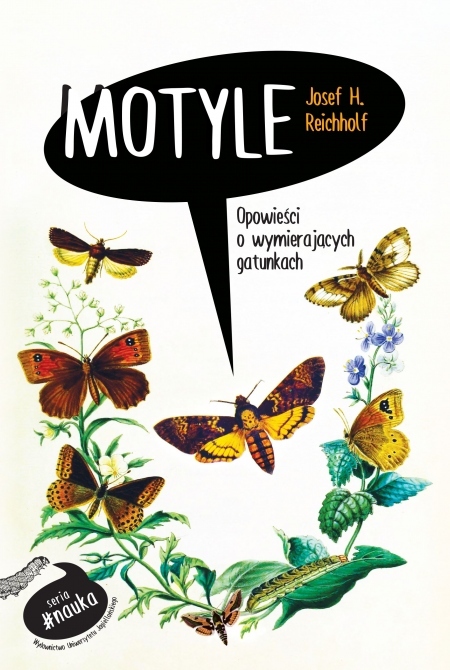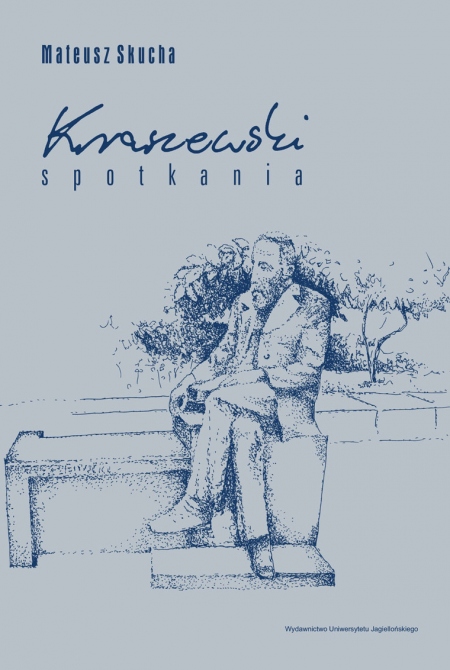
Geohistory of Galicia 1772–1918
Studies and Materials
Redakcja: Tomasz Kargol
Przekład: Krzysztof Barnaś
Liczba stron: 432
Format: 15,8x23,5 cm
Rok wydania: 2025
Data premiery: 18.03.2025
Opis książki
In Polish historiography, geohistory is not part of the research mainstream. This discipline is still on the periphery of interest for Polish historians, although there are signs of change. These include a peer-reviewed volume of studies edited by Tomasz Kargol, entitled Studies and Materials on the Geohistory of Galicia. It is the result of the work of the ‘Seminar on the Geohistory of Galicia (1772–1918)’ Research Platform, an international and interdisciplinary research team established in at the Institute of History of the Jagiellonian University in cooperation with the Institute of Geography and Spatial Management of the Jagiellonian University and the Central State Historical Archive of Ukraine in Lviv. The team brought together not only seasoned researchers of many nationalities, but also representatives of various academic disciplines, to highlight the participation of representatives of the geographical sciences. In view of the research profile outlined, it could not be otherwise.
Edited by T. Kargol, this collection of studies is an important and necessary publication. It fills an important gap in Polish historiography. The volume under review points to a multi-layered view of historical processes, which is its great strength. This is, after all, what geohistory proposes. The importance of geography has so far been emphasised extremely strongly in military history, the history of trade, and in works on geographical discoveries. This publication points to hitherto unexplored deposits of sources and opportunities that allow for new research on the grounds of Galicia.
The work, therefore, not only presents examples of research areas where the methods used by geohistory can be used effectively, but will certainly inspire historians to engage in research in this subfield of historiography. Also as regards the other areas of the so-called Polish lands in the 19th century. Geographical space is, after all, fundamental to the existence of societies and individuals, and these are at the heart of research by historians.
From the review by dr hab. Damian Szymczak, UAM Professor
Edited by T. Kargol, this collection of studies is an important and necessary publication. It fills an important gap in Polish historiography. The volume under review points to a multi-layered view of historical processes, which is its great strength. This is, after all, what geohistory proposes. The importance of geography has so far been emphasised extremely strongly in military history, the history of trade, and in works on geographical discoveries. This publication points to hitherto unexplored deposits of sources and opportunities that allow for new research on the grounds of Galicia.
The work, therefore, not only presents examples of research areas where the methods used by geohistory can be used effectively, but will certainly inspire historians to engage in research in this subfield of historiography. Also as regards the other areas of the so-called Polish lands in the 19th century. Geographical space is, after all, fundamental to the existence of societies and individuals, and these are at the heart of research by historians.
From the review by dr hab. Damian Szymczak, UAM Professor
Język publikacji
angielski
Wydanie
pierwsze
Tłumaczenie
Krzysztof Barnaś
Redakcja
Tomasz Kargol

Projekt okładki
Marta Jaszczuk
ISBN: 978-83-233-5455-0
e-ISBN (pdf): 978-83-233-7628-6
Kraj pochodzenia producenta: Polska
POLECANE KSIĄŻKI
NOWOŚCI

Wybierz rozdziały:
Wartość zamówienia:
0.00 zł























